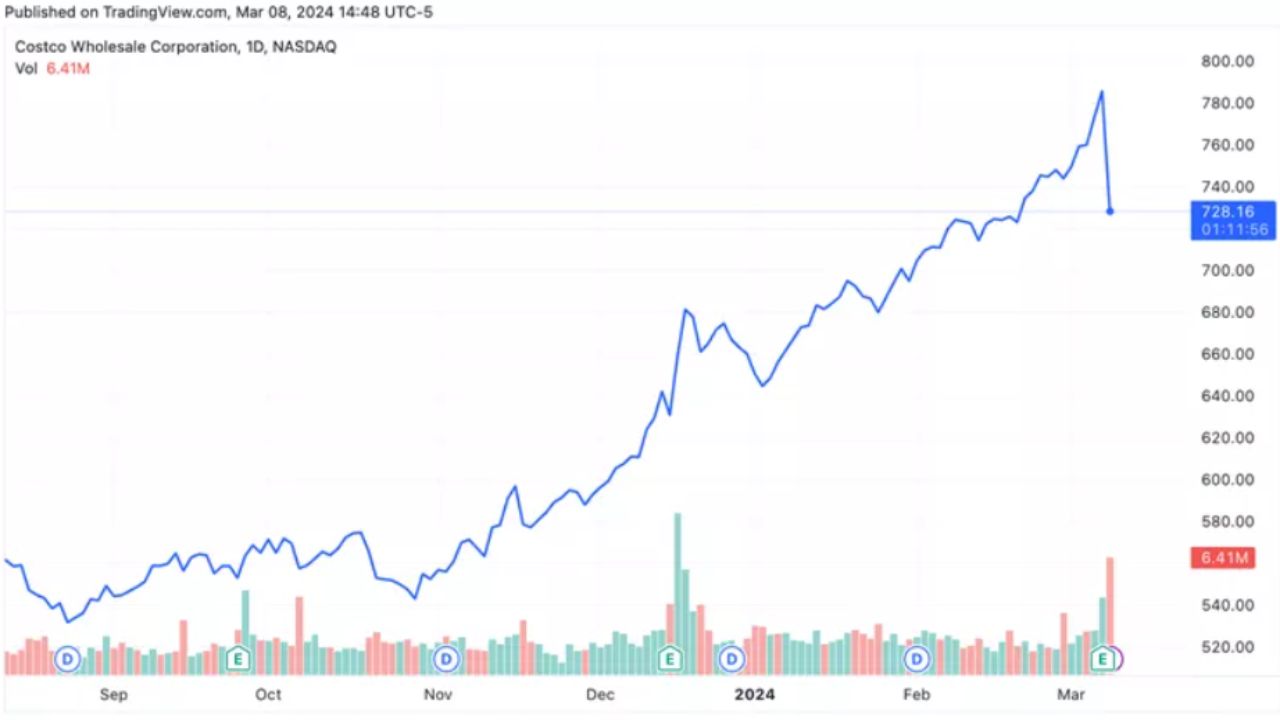At midday on Friday, 8th March 2024, the U.S. equities market presented a mixed picture as chip stocks experienced a downturn in response to less-than-optimistic outlooks from industry giants Broadcom (AVGO) and Marvell Technology (MRVL).
The Dow managed to stay in positive territory, but the S&P 500 and Nasdaq saw declines. The chip sector, a significant player in the technology-driven market, faced headwinds as investors digested the less promising forecasts.
Marvell Technology’s shares, in particular, faced a decline as the company’s guidance fell short of expectations.
Despite the soaring demand for artificial intelligence (AI) chips, other segments of Marvell’s business saw declines, contributing to the overall market unease regarding the chip industry.
General Electric Gets a Boost with Upgraded Outlook
General Electric (GE), on the other hand, witnessed a positive trajectory as JPMorgan upgraded the stock and raised its price target.

This upward momentum followed the announcement from GE Aerospace, a subsidiary set to become a standalone company on April 2, revealing a planned $15 billion stock buyback.
The strategic move added buoyancy to GE shares, offering investors increased confidence in the company’s prospects.
Costco Faces Challenges, MongoDB Slips, and Commodities Show Mixed Signals
Costco Wholesale (COST) emerged as the worst-performing stock in the S&P 500, grappling with sales that fell short of forecasts. Additionally, the company did not announce any increase in its membership fees, further contributing to its stock’s decline.
MongoDB (MDB) experienced a drop in its shares after providing a weaker-than-expected outlook. The database platform provider for developers attributed the decline to a loss of business in the new fiscal year, casting shadows on its near-term prospects.

In the commodities market, oil futures faced a decline, while the price of gold continued to set record highs, highlighting the divergent trends within the broader market. The yield on the 10-year Treasury note remained relatively stable, indicating a cautious stance among investors.
The U.S. dollar saw gains against the euro but lost ground against the pound and yen. Also, most major cryptocurrencies traded higher, showcasing the continued volatility and diverse investor sentiment within the digital asset space.
